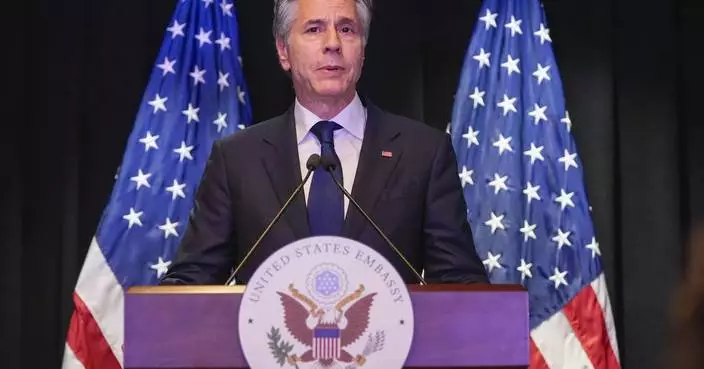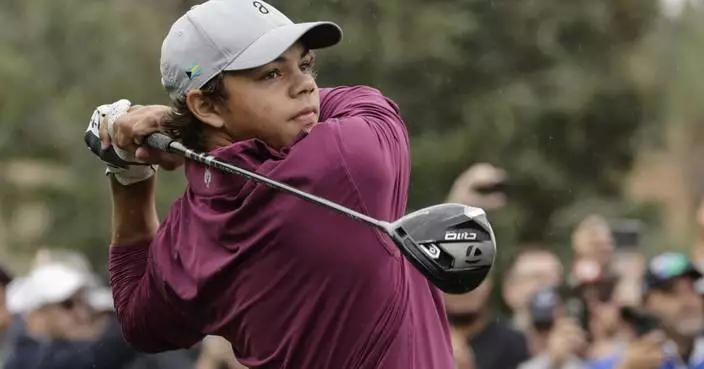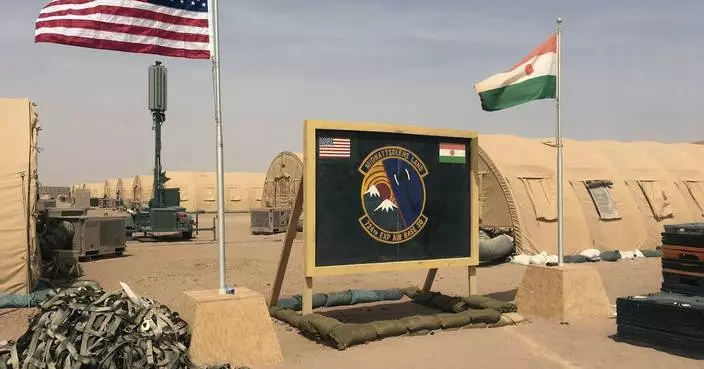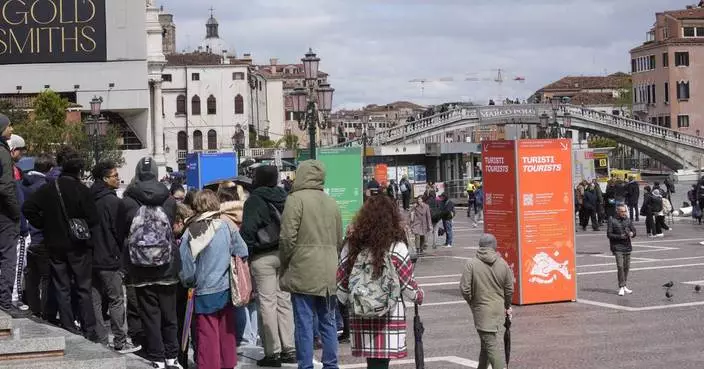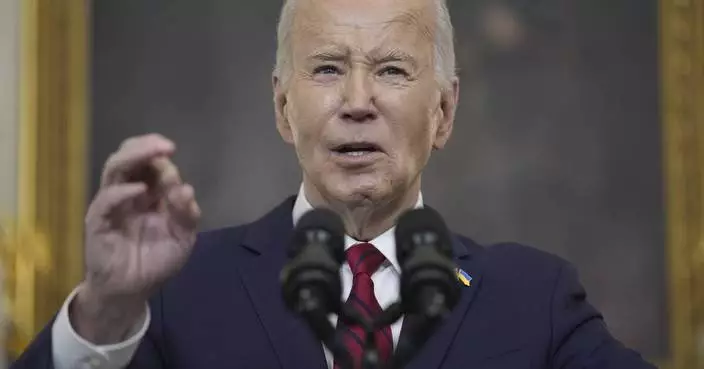"Vietnam: An Epic Tragedy, 1945-1975" (Harper), by Max Hastings
British journalist Max Hastings, noted for his critically acclaimed books about World War II, has fast-forwarded his research and writing talent to a war that many Americans would like to forget.
His 900-page work chronicles Vietnam's tragic history from Ho Chi Minh's proclamation of an independent state after the 1945 Japanese surrender to the collapse of the South Vietnamese regime 30 years later after the United States cut off ground and air support. Despite ample accounts of heroism and sacrifice on all sides, it's a story in which each of the principal players — France, the United States, Saigon, Hanoi and the Viet Cong — comes away with well-deserved opprobrium.
Unsurprisingly, Hastings concludes that Vietnam was a catastrophe, one that took the lives of as many as 2 million to 3 million combatants and civilians. The war claimed 58,000 American lives, but the number of Vietnamese dead was 40 times greater.
This definitive narrative describes how the French debacle at Dien Bien Phu gave rise to the domino theory and the need to halt the spread of communist domination in Southeast Asia. There were more than 500,000 U.S. service personnel in Vietnam by the time of the 1968 Tet offensive, a stunning military defeat for the North Vietnamese and Viet Cong that was transformed into a propaganda victory.
After Tet, the war was never the same. CBS anchor Walter Cronkite declared the nation was mired in stalemate, President Lyndon B. Johnson said he would not seek re-election, and the U.S. abandoned any hope of victory and sought instead to extricate itself while avoiding explicit defeat.
The fighting would continue for another seven years, a period marked by the My Lai massacre, the invasion of Cambodia and the 1972 Christmas bombing, which Hastings says was designed for partisan political purposes and had no military justification.
The narrative includes detailed accounts of all the major battles, with riveting descriptions of what life was like for combatants on both sides. The reader relives the experiences of GIs plodding through booby-trapped jungle, North Vietnamese dodging B52 strikes while heading south on the Ho Chi Minh trail and helicopter pilots braving fire from hot landing zones while inserting troops or extricating the wounded.
Many of the campaigns covered in the book are familiar to those who served in Vietnam or followed the war in the media, but a rarely mentioned 1968 battle at Dai Do in which a Marine battalion suffered devastating losses gets special scrutiny. During three days of bloody combat, Marines displayed both courage and cowardice in a series of senseless assaults against a well-entrenched enemy. The author says the American commanders who "displayed folly of Crimean proportions" shoulder much of the blame.
Drug abuse, racial strife and the erosion of discipline and the will to fight took their toll on U.S. troops. By contrast, Hastings points to the stronger performance of the small contingents of Australians who were disciplined in their use of firepower and exercised better fieldcraft.
Neither side comes away with clean hands, but Hastings writes that news media were quick to record atrocities by U.S. troops and the brutality on the communist side went largely unreported, fueling antiwar propaganda that portrayed the North as the virtuous party.
Hastings' narrative, along with Ken Burns' masterful series on PBS, offers a well-balanced account of a war that ended more than four decades ago. The author weaves anecdotal and first-person accounts from both sides into the overall history to produce a compelling account that veterans of the war, those who felt its impact at home and readers born decades after the fighting ended will find hard to put down.
Today, with the rise of the internet and globalization, the outcome of the lengthy struggle may seem less cut and dried than it first appeared. Although Vietnam still endures harsh rural poverty and authoritarian rule, America's economic and cultural influences are leaving their mark on its former enemy.
"Whereas the US armed forced failed with B-52s, defoliants and Spooky gunships, YouTube and Johnny Depp have proved irresistible," Hastings writes.
KYIV, Ukraine (AP) — A Ukrainian court on Friday ordered the detention of the country’s farm minister in the latest high-profile corruption investigation, while Kyiv security officials assessed how they can recover lost battlefield momentum in the war against Russia.
Ukraine’s High Anti-Corruption Court ruled that Agriculture Minister Oleksandr Solskyi should be held in custody for 60 days, but he was released after paying bail of 75 million hryvnias ($1.77 million), a statement said.
Ukraine’s National Anti-Corruption Bureau suspects Solskyi headed an organized crime group that between 2017 and 2021 unlawfully obtained land worth 291 million hryvnias ($6.85 million) and attempted to obtain other land worth 190 million hryvnias ($4.47 million).
Ukraine is trying to root out corruption that has long dogged the country. A dragnet over the past two years has seen Ukraine’s defense minister, top prosecutor, intelligence chief and other senior officials lose their jobs.
That has caused embarrassment and unease as Ukraine receives tens of billions of dollars in foreign aid to help fight Russia’s army, and the European Union and NATO have demanded widespread anti-graft measures before Kyiv can realize its ambition of joining the blocs.
In Ukraine's capital, doctors and ambulance crews evacuated patients from a children’s hospital on Friday after a video circulated online saying Russia planned to attack it.
Parents hefting bags of clothes, toys and food carried toddlers and led young children from the Kyiv City Children’s Hospital No. 1 on the outskirts of the city. Medics helped them into a fleet of waiting ambulances to be transported to other facilities.
In the video, a security official from Russian ally Belarus alleged that military personnel were based in the hospital. Kyiv city authorities said that the claim was “a lie and provocation.”
Kyiv Mayor Vitali Klitschko said that civic authorities were awaiting an assessment from security services before deciding when it was safe to reopen the hospital.
“We cannot risk the lives of our children,” he said.
Meanwhile, Ukrainian President Volodymyr Zelenskyy was due to hold online talks Friday with the Ukraine Defense Contact Group, which has been the key international organization coordinating the delivery of weapons and other aid to Ukraine.
Zelenskyy said late Thursday that the meeting would discuss how to turn around Ukraine’s fortunes on the battlefield. The Kremlin’s forces have gained an edge over Kyiv’s army in recent months as Ukraine grappled with a shortage of ammunition and troops.
Russia, despite sustaining high losses, has been taking control of small settlements as part of its effort to drive deeper into eastern Ukraine after capturing the city of Avdiivka in February, the U.K. defense ministry said Friday.
It’s been slow going for the Kremlin’s troops in eastern Ukraine and is likely to stay that way, according to the Institute for the Study of War. However, the key hilltop town of Chasiv Yar is vulnerable to the Russian onslaught, which is using glide bombs — powerful Soviet-era weapons that were originally unguided but have been retrofitted with a navigational targeting system — that obliterate targets.
“Russian forces do pose a credible threat of seizing Chasiv Yar, although they may not be able to do so rapidly,” the Washington-based think tank said late Thursday.
It added that Russian commanders are likely seeking to advance as much as possible before the arrival in the coming weeks and months of new U.S. military aid, which was held up for six months by political differences in Congress.
While that U.S. help wasn’t forthcoming, Ukraine’s European partners didn’t pick up the slack, according to German’s Kiel Institute for the World Economy, which tracks Ukraine support.
“The European aid in recent months is nowhere near enough to fill the gap left by the lack of U.S. assistance, particularly in the area of ammunition and artillery shells,” it said in a report Thursday.
Ukraine is making a broad effort to take back the initiative in the war after more than two years of fighting. It plans to manufacture more of its own weapons in the future, and is clamping down on young people avoiding conscription, though it will take time to process and train any new recruits.
Jill Lawless contributed to this report.
Follow AP’s coverage of the war in Ukraine at https://apnews.com/hub/russia-ukraine
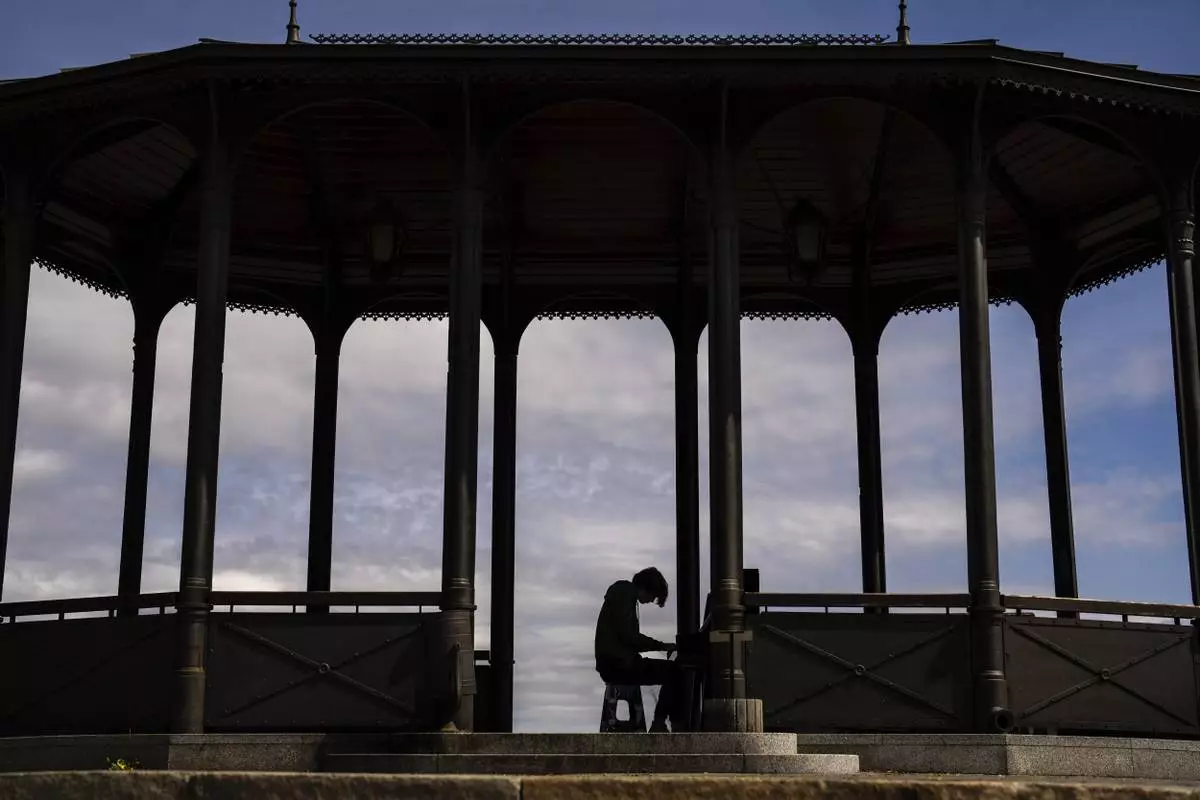
Ukrainian young acting student Gleb Batonskiy plays piano in a public park in Kyiv, Ukraine, Thursday, April 25, 2024. (AP Photo/Francisco Seco)




